Explaining Sensing Edges
What is a sensing edge? A sensing edge is a touch-sensitive switch that sends a signal to start, stop, or reverse a motor or sometimes even to ring a bell. They usually operate on 24 volts, making them useful for hundreds of applications, including slide and swing gates, barrier arms, emergency switches, rolling doors and grilles, sectional doors, scissor lifts, counter shutters, ovens, and sterilizers (with high-temperature edge).
Sensing edges come in two types: Non-Monitored and Monitored. Both monitored and non-monitored sensing edges are available in two styles: Slide-In and Direct Mount. Slide-in style, or extrusion with mounting channel, is the standard form of a sensing edge. It is designed to adapt to existing retainers or can be used with optional mounting retainers. Each type is also available in 2-wire or 4-wire types.
If you are purchasing a Monitored sensing edge, you will need to choose an edge designator. Refer to the following chart to see where your needs lie. Most customers will want to utilize the T2, 10K Ohm Resistor.
| Monitored Sensing Edge Designator | |||
| 2 Wire Edge Designator | Designator Description | Operator Manufacturer | Outlet Wire Color Code |
|---|---|---|---|
| T1 | 8.2K Ohm Resistor | Typically European Use | Green |
| T2 | 10K Ohm Resistor | Cornell / US Gear | Blue |
| LiftMaster / Chamberlain | |||
| Linear | |||
| Manaras | |||
| Micanan | |||
| Raynor | |||
| VE Power Door | |||
| Cookson | |||
| Lawrence | |||
| T3 | Diode Capacitor | Overhead Door (Only) | Red |
| T4 | Capacitor | Linear (Transmitter) | White |
| T5 | 6.8K Ohm Resistor | Custom Applications | Orange |
| T6 | 270K Ohm Resistor | LiftMaster CPS Board | Violet |
| 4 Wire Edge Designator | N/A | LiftMaster | None |
Sensing Edge Mounting Channels
| Profile | Model | Compatible Edges | Color & Material |
|---|---|---|---|
 | ME110-C | ME110, ME111, MG110 | Black, Rigid PVC |
 | ME110-C2 | ME110, ME111, MG110 | Black, Rigid PVC |
 | ME110-C3 | ME110, ME111, MG110 | Black, Rigid PVC, double-sided tape |
 | ME112-C3 | ME112 | Black, Rigid PVC |
 | ME112-C7 | ME112 | Black, Rigid PVC |
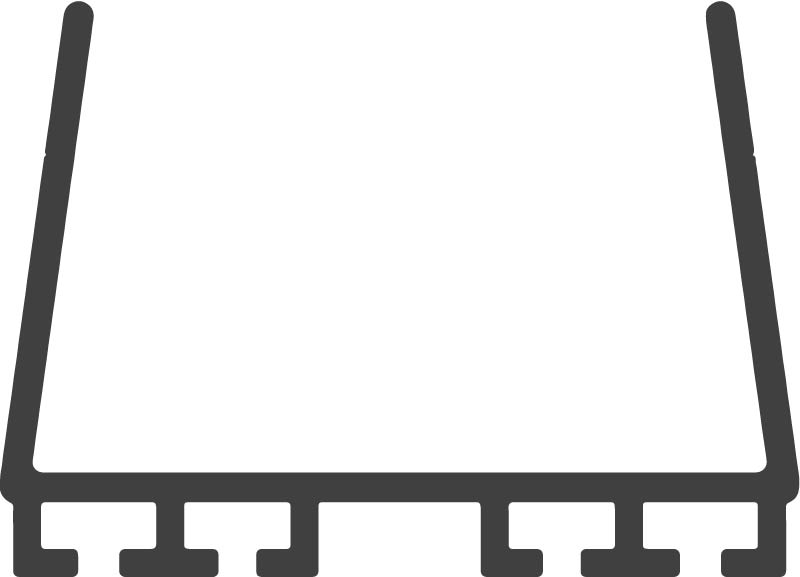 | ME112-C4 | Clima-Guard | Black, Rigid PVC |
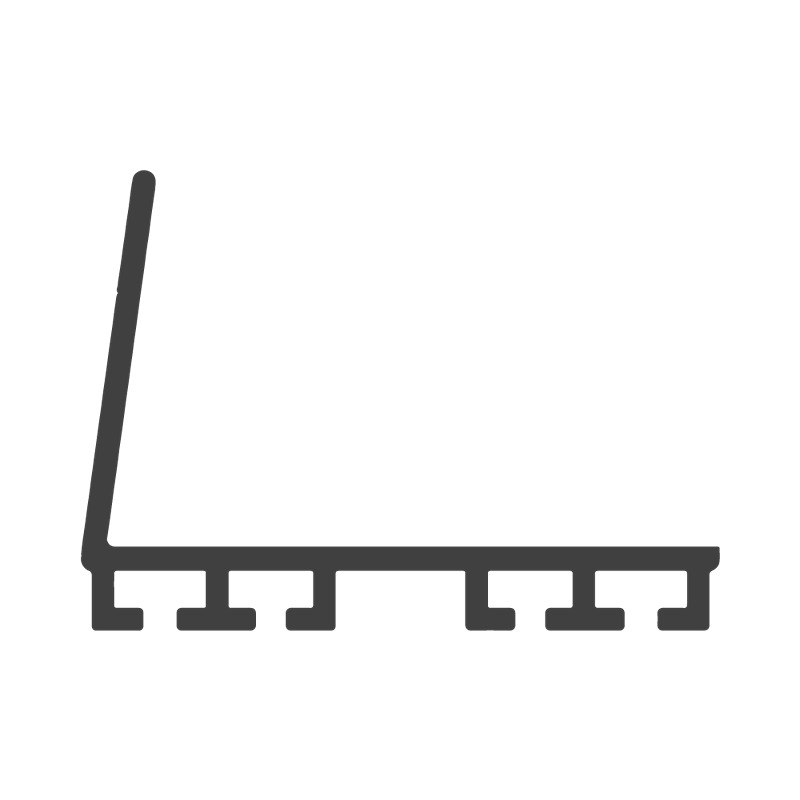 | ME112-C43 | Clima-Guard | Black, Rigid PVC |
 | ME112-C47 | Clima-Guard | Black, Rigid PVC |
 | ME113-C | ME113 | Black, Rigid PVC |
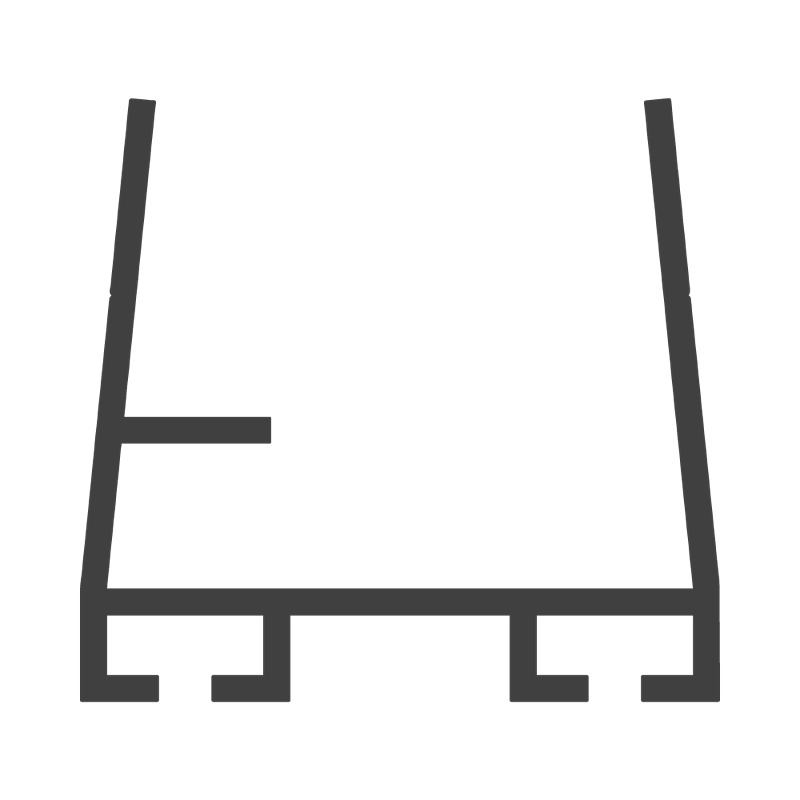 | ME113-C2 | ME113 | Black, Rigid PVC |
 | ME113-C3 | ME113 | Black, Rigid PVC |
 | ME113-C7 | ME113 | Black, Rigid PVC |
 | ME117-C7 | ME117 | Black, Rigid PVC |
 | ME120-C | ME120, MGO20 | Black, Aluminum |
 | ME120-PC | ME120, MGO20 | Black, Rigid PVC |
 | ME120-C5 | ME120, MGO20 | Black, Aluminum |
 | ME123-C | ME123, MG123, CPT223 | Black, Rigid PVC |
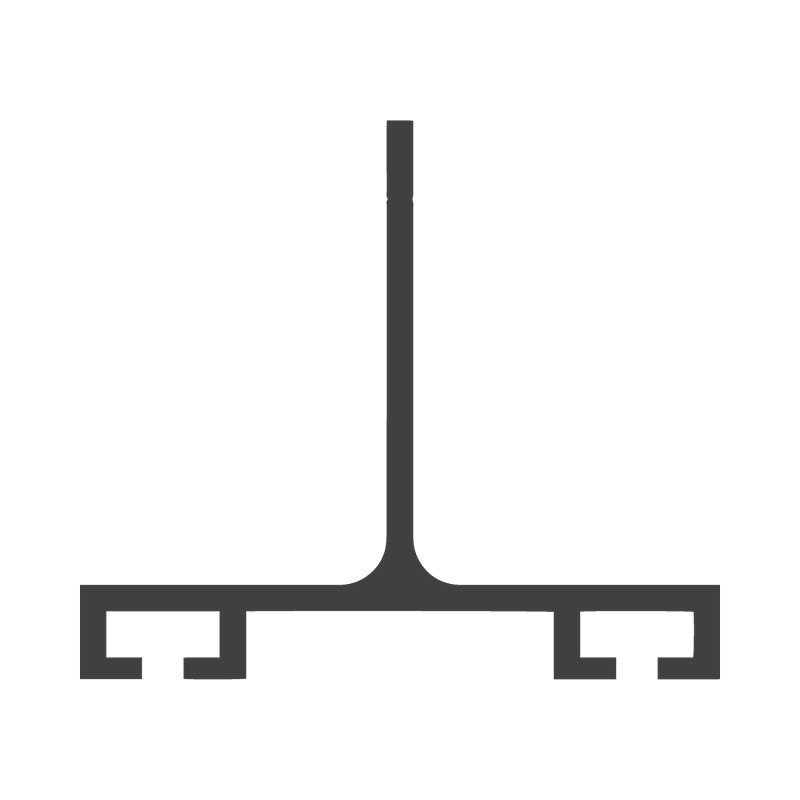 | ME123-C1 | ME123, MG123, CPT223 | Black, Rigid PVC |
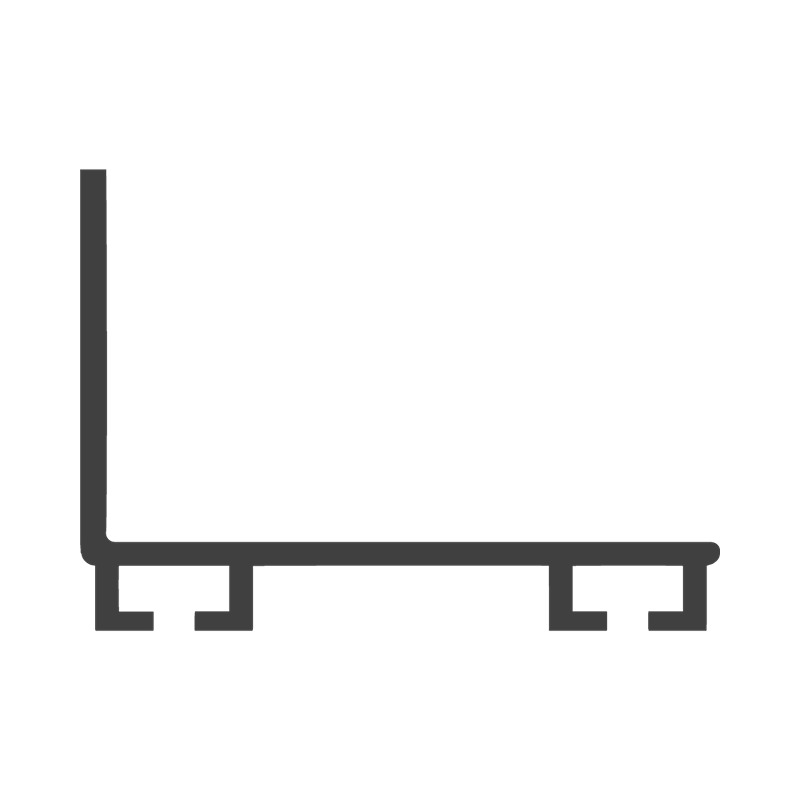 | ME123-C3 | ME123, MG123, CPT223 | Black, Rigid PVC |
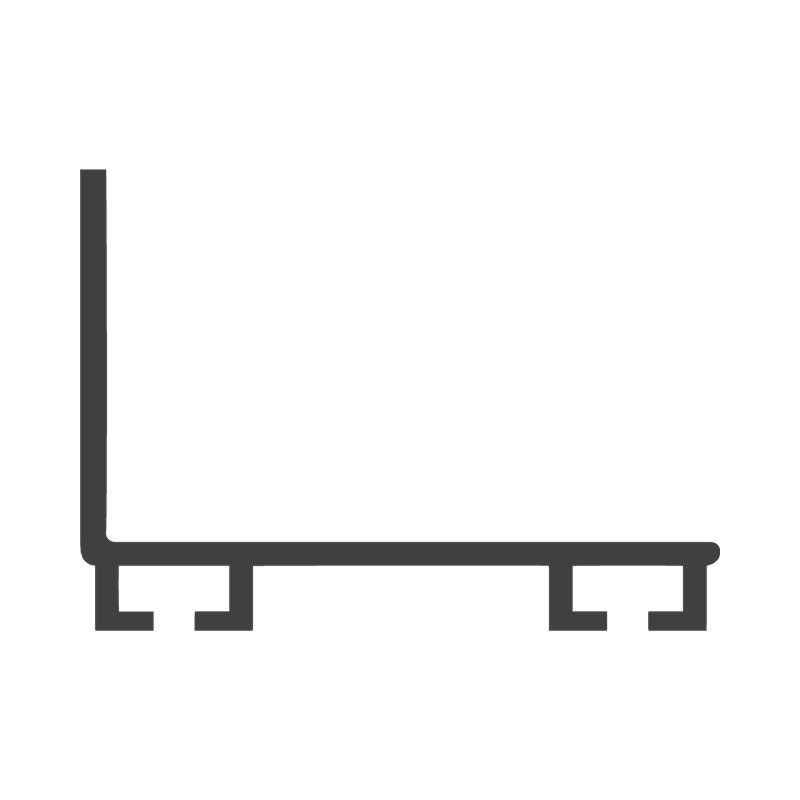 | ME123-CA3 | ME123, MG123, CPT223 | Mill Finish, Aluminum |
 | ME123-C7 | ME123, MG123, CPT223 | Black, Rigid PVC |
 | ME123-C2175 | ME123, MG123, CPT223 | Black, Rigid PVC |
If you still have questions, please reach out to our sales representatives. They are happy to help in any way they can!
